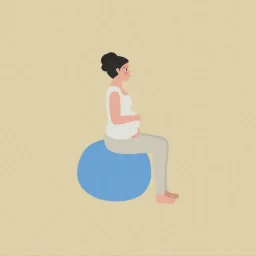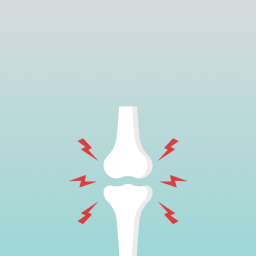This is THE season! You are going to be an active participant in improving your health. This summer, you have made a commitment to yourself to increase your activity level, to eat right and to be healthier. You’ve been walking regularly over the past few months and now feel it is the right time to pick up the pace and move on to running. But you’ve never run before…what do you do? Here is your guide to go from walking to running.
This is a scenario we often hear from our patients. They are eager to move more and to do more but aren’t sure how to do it properly. Or worse, they jump right into an activity and push themselves too hard, too fast and end up injured, back in our office and have lost confidence and motivation to continue to learn how to run.
Regardless of what activity you decide to begin, you have to remember to start slowly and build up your strength and endurance. In this week’s blog post, we are going to focus on running, but many of these tips can be applied to other activities as well.
1. Schedule Your Workouts:
We all have busy lifestyles. For many, if it doesn’t make it into our calendars, it just doesn’t happen. Many people love to work out first thing in the morning. In the summer months at least, it tends to be a little cooler which can make a run more enjoyable than in the middle of the midday heat. Working out in the morning also has some positive side effects, such as increased energy during the day and clearer thinking. For others, working out in the evening or even over the lunch hour better suits their needs. Whatever the case, get running scheduled into your day 3 to 4 times per week. You should always give yourself a recovery day after working out your legs while running.
2. Proper Warm-Up:
For running, your warm-up should consist of dynamic stretching or movements such as hip rotations, lunges, and floor sweeps. Start your run with a short jog. If your muscles and joints are feeling tight, stop and repeat the dynamic stretches. These stretches are intended to improve your range of motion and prepare your body for the exercise you are about to take on.
3. Start Slow And Work Up: Walk to Run
Run/walk programs are generally the best and safest way to build up your strength and endurance to run. Programs at the Running Room do just that. They help you start with walking to running at a slow and progressive pace to ease your body into the new exercise. With each week, you should increase your time running. You can also use apps such as “Couch to 5k” to help guide your training.
4. Have An Accountability Partner:
Programs, such as the ones given at the Running Room, are great for this reason. Running with a group three times per week is a great way to keep on track. You have the support of others around you and the motivation to push harder but are also set to a training schedule designed to limit your likelihood of injury. Even just letting people know your goal can help to keep you on top of it. Working towards a goal will also help to keep you accountable. You can set the goal to run the Army Run 5k in September or for something a little more relaxed, maybe the Zombie Run in the fall in support of Habitat for Humanity GO.
5. Muscle Balance:
Running places a lot of dominance and exercising the muscles in the front and back of your legs. Common running injuries such as knee pain can stem from this overuse use. Make sure that you are exercising the muscles on the inside and outside of your legs to keep your knees strong and healthy.
6. Cross-Training:
Cross-training with any sport is essential to reduce your chance of injury, improve your cardiovascular fitness, and give you more efficiency and power while you are running. For more information, check out our blog ”Cross-Training For Runners”.
7. Stretching/Cool Down:
When we exercise, our muscles shorten. This can decrease mobility over time. Stretching helps to ensure better muscle recovery and helps to maintain and improve flexibility and range of motion. Leg muscles should be stretched after each run. Key muscles to stretch are the quads, hamstrings, calves, IT band, piriformis, psoas and gluteal muscles.
8. Use The Right Equipment:
Do you have the right sneakers for your foot type? Are you a pronator (flatted footed) a supinator (have a high arch) or neutral? Do you need a supportive shoe or one with more cushioning? Properly layered clothing to help wick away sweat and keep you cool is also very important.
9. Use Proper Form:
When we maintain good running form, we can run faster and exert less energy. Keep your head over shoulders, shoulders over hips, and hips over the mid-foot. Your arms and shoulders should remain relaxed and easily swing as you run. Watch that your shoulders don’t start to creep up closer to your ears. Let your body fall slightly forward as you start running and use your own momentum to keep you going.
If you are experiencing pain or discomfort during or after your runs, please discuss this with your team of MSK experts including your chiropractor, physiotherapist and massage therapist. We are here to help! Remember, we don’t all have to be runners. The important thing is to pick an activity you enjoy and will be consistent with. Book online or call us at our Byward clinic at 613.860.8600 or our Glebe clinic at 613.237.9000.
Happy running!
Walking To Running in Ottawa: Tips To Get You Started by Curavita















